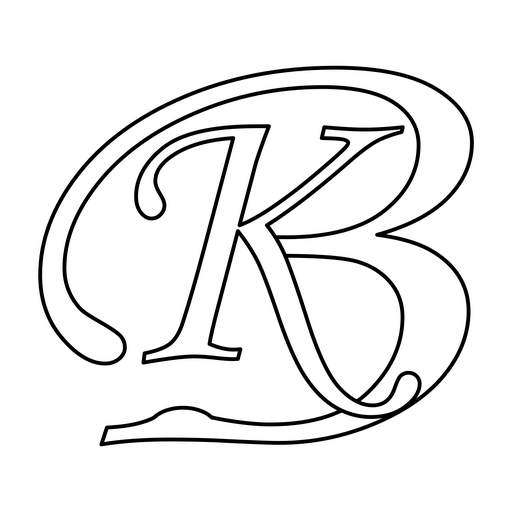While selling online, different marketplaces have which different structure for charging a seller. There are multiple type of charges, different rates for product categories, performance based rate slabs and channel based rates. One pricing methodology for all products and marketplaces doesn’t work for online selling. A seller should thoroughly check if s/he has done the right pricing of product and do check what a s/he is getting for a particular sale done successfully.
Online marketplaces do not charge just referral or commission fee any more. There are many more charges a seller has to pay. Seller should calculate all such charges before pricing a product. Some basic charges include following.
- Listing fee: this is fee for listing an item. Only few marketplaces charge this fee. Some charged listing fee when more than certain number of limit is crossed. Like ETSY charges listing fee for even 1 listing, Amazon charges listing fee when a certain limit is reached
- Referral/Commission Fee: it is charged based on product category generally. Different categories attract different rates. This fee is returned by many marketplaces when an item is returned by Buyer
- Fixed/Closing Fee: It is fixed fee charged by marketplaces. Generally it is based on total value of item including shipping and other charges. Online marketplaces have slabs like 1-250, 251-500, 501-1000 and so on based on which closing fee is charged. This fee is generally not returned by marketplace in case order has been returned
- Shipping Fee: In the case of marketplace is doing the shipping i.e. pickup from seller and delivery to buyer then shipping fee is charged to seller by marketplace. In some cases only forward shipping is charged, return shipping is not charged, in some cases both forward and return shipping are charged (return shipping is sometimes more than forward shipping), in other cases forward and return shipping both are charged but only in cases where buyer has accepted the parcel and then returned
- Collection Fee: Some marketplaces charge collection fee also for prepaid and postpaid orders
- Return Fee: Return handing fee is charged by some operators
There are other costs involved as well for seller. Such costs should also be considered while pricing an item.
- Listing Fee: if a seller is getting the product listed on portal using some external service provider. Service providers charge for creating listing
- Photography: Professional photography also costs for each product
- Promotion: offering coupons, discounts also adds to costs. Some marketplaces charges on coupons usage
- Advertising: Showing ads for products within platform adds to costs
- Account Management: Account management by external service providers who manages and take care of day to day operations is costly sometimes
- Labour Charges: The labour charges for packing and other activities
- Packing Charges: Like printing, paper, envelopes
- Return Handling: Labour, staff charges for handling returns, keeping track of all return items received
- Damaged Returns: In case a damaged item or different item is received in return
- Premises Rent: rent paid for the space being used
There are still more charges when seller sends products to warehouse of marketplace
- Packing: packing, labelling the items to make them ready to be sent to WH
- Transporting to WH: Sending items to WH
- Pick Pack at WH: Pick and Packing cost at WH
- Storage Cost: Storage cost at WH
Based on different fulfillment mode for product items, some marketplaces charge shipping differently. Like if a seller is selling using marketplace shipping then price X per weight category, if seller is sending through his/her own courier partner then referral fee increases, if seller is selling through marketplace then reduced shipping price.
Also, based on seller performance sellers are put into different slabs. These slabs have different rates for referral fee and shipping fee.
There may be some online calculators available on marketplace or on web for e-commerce platforms. Seller can use them to check how much profit they will earn for a product when it is sold successfully and how much lose when a product is returned. Set price of the product item after considering return rate and other costs. If the item selling price is low say in the range of less than Rs. 300 than consider the shipping factor as shipping amount in total price would constitute big chunk. A return in such a case would mean compensating lose by selling more items.
